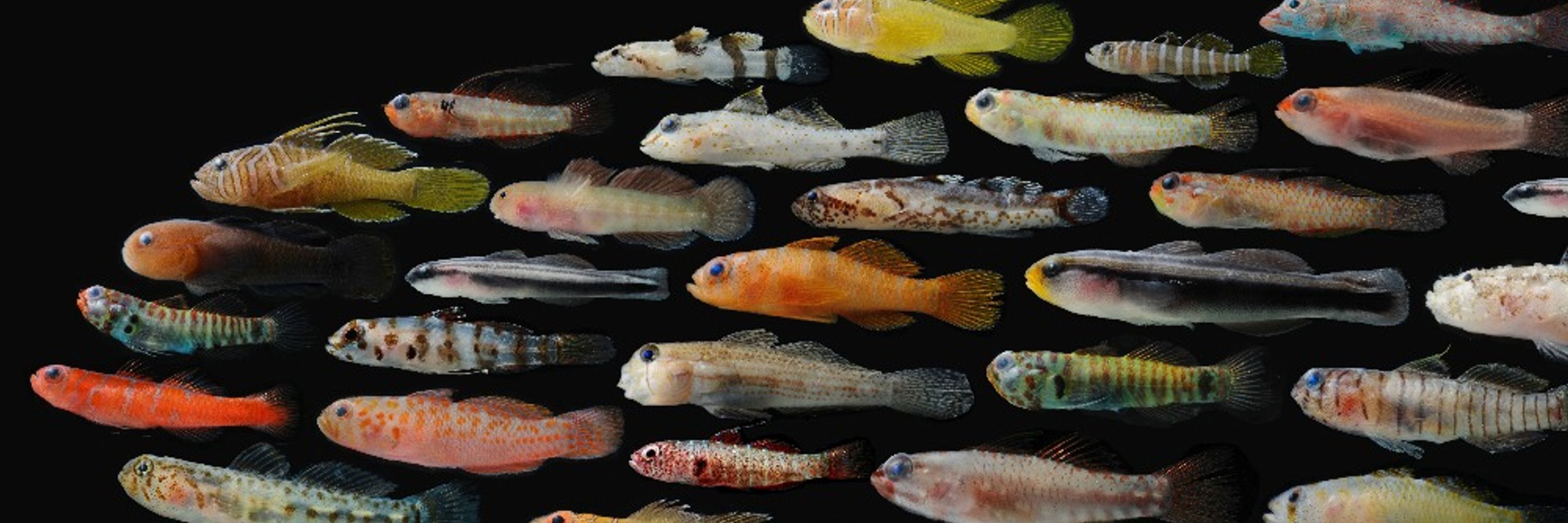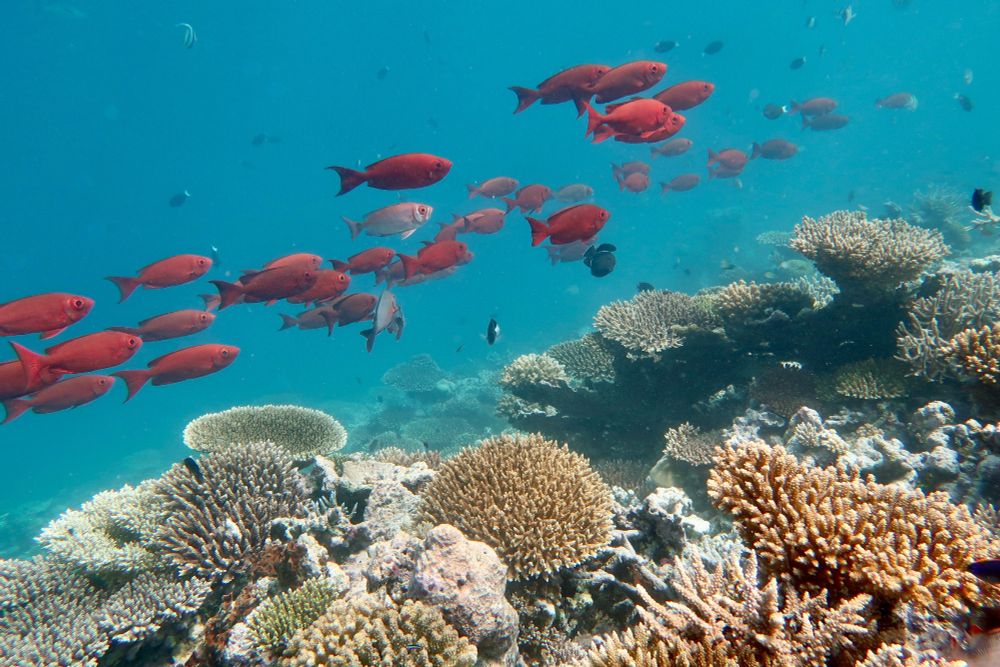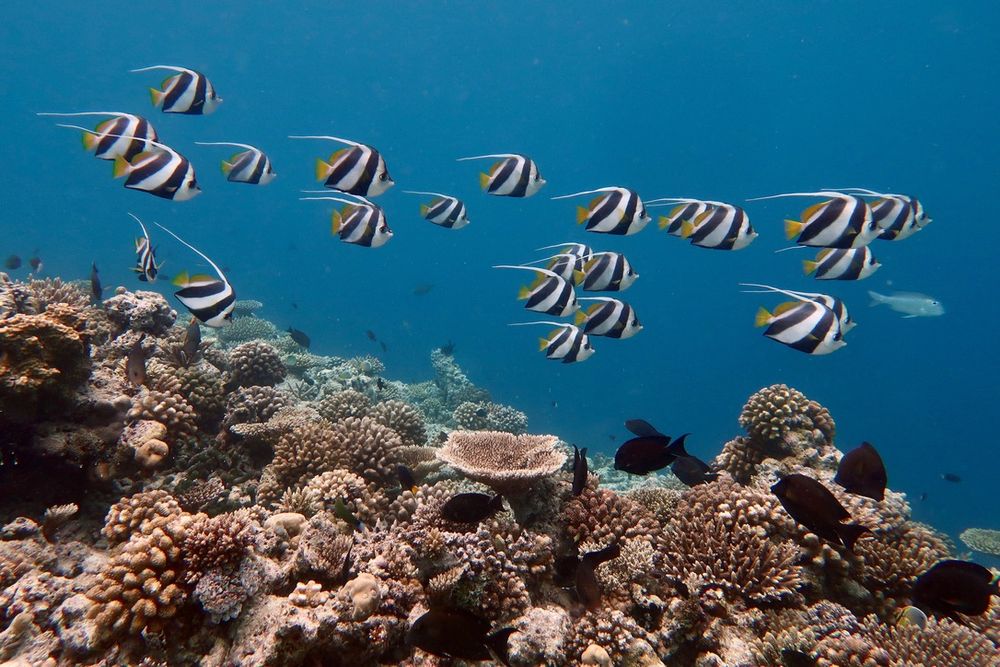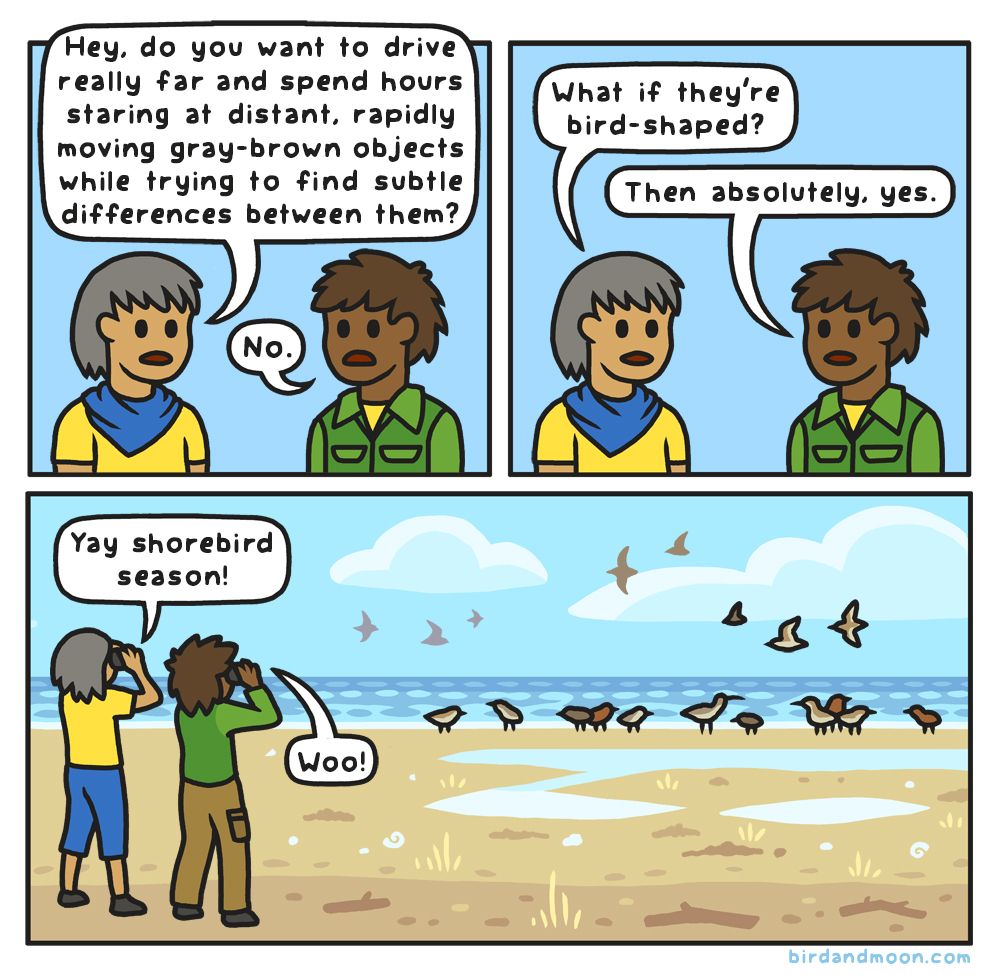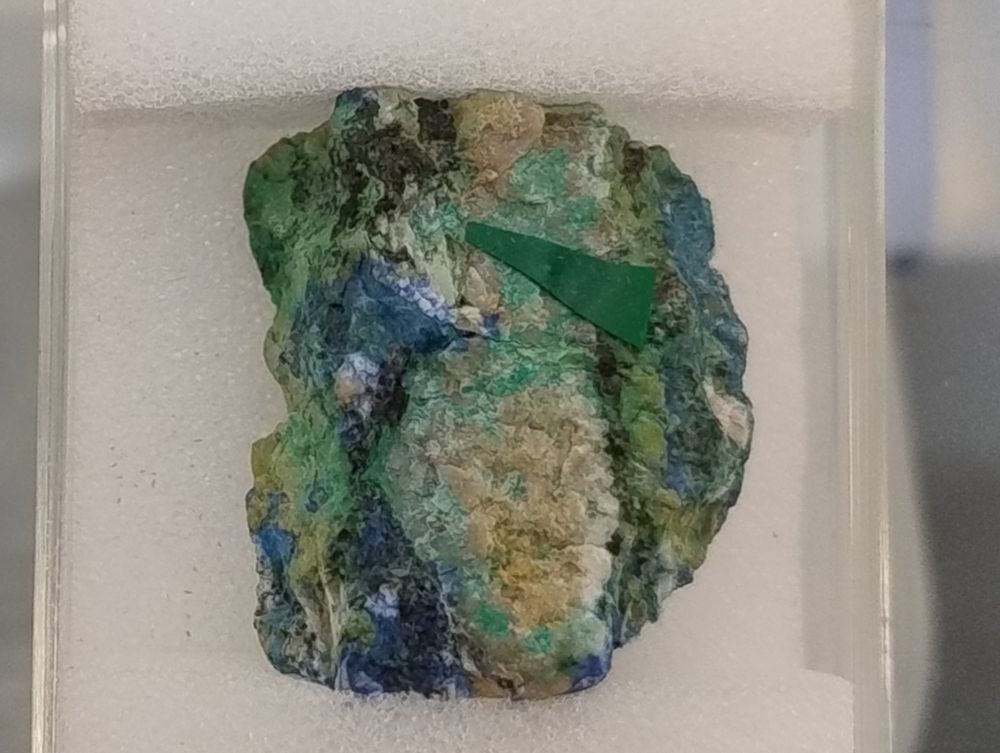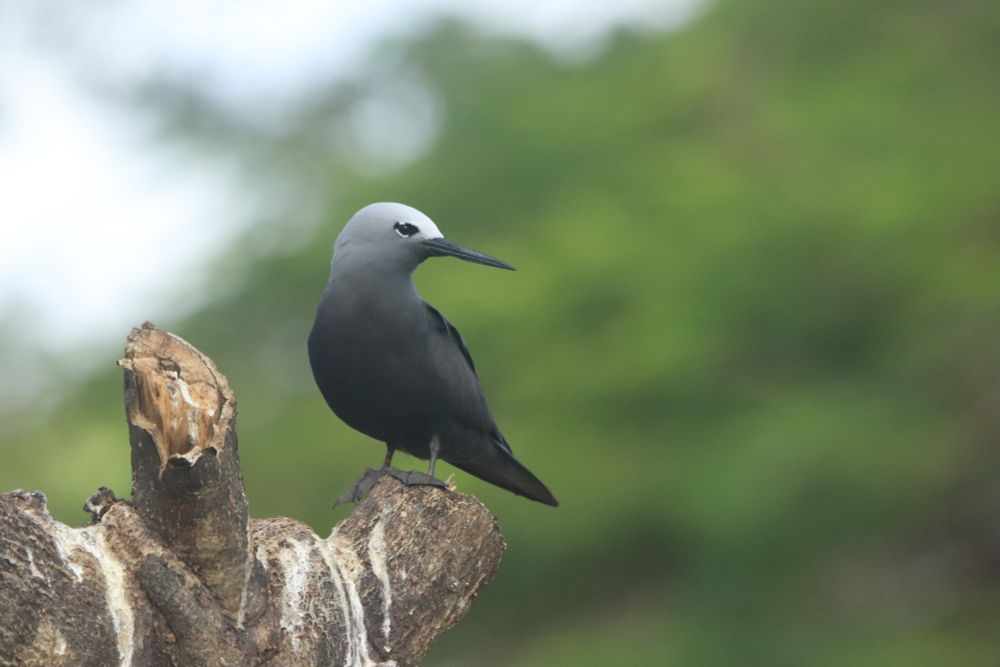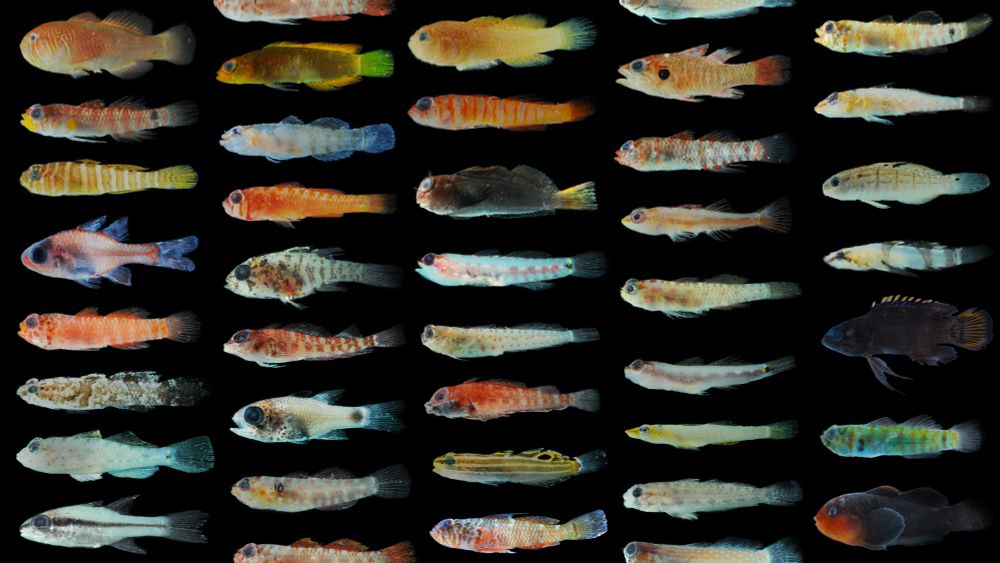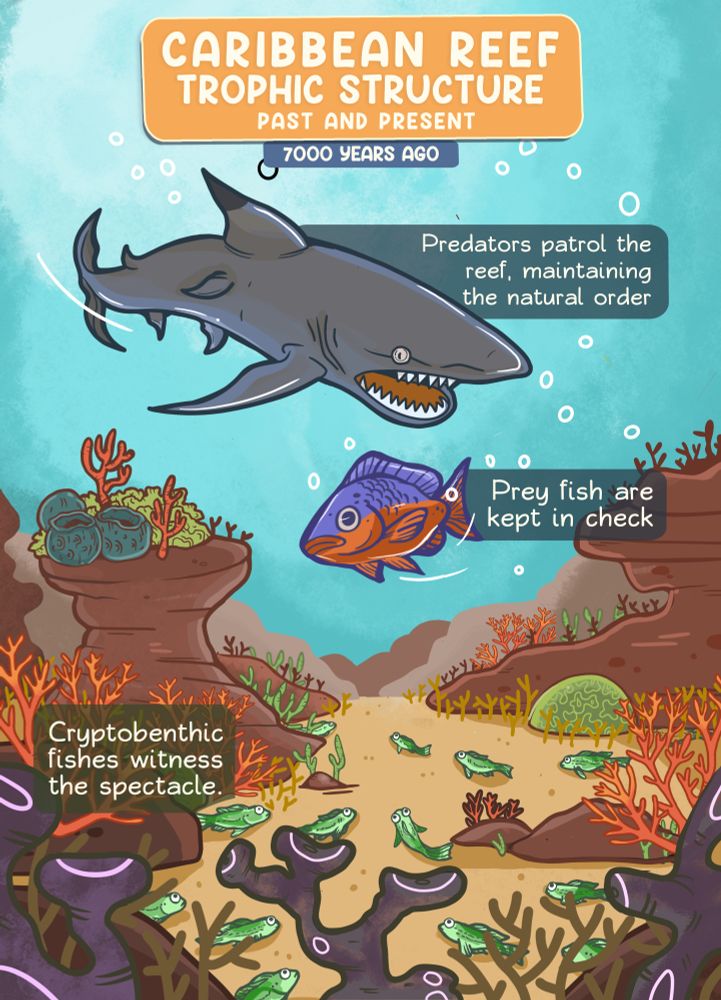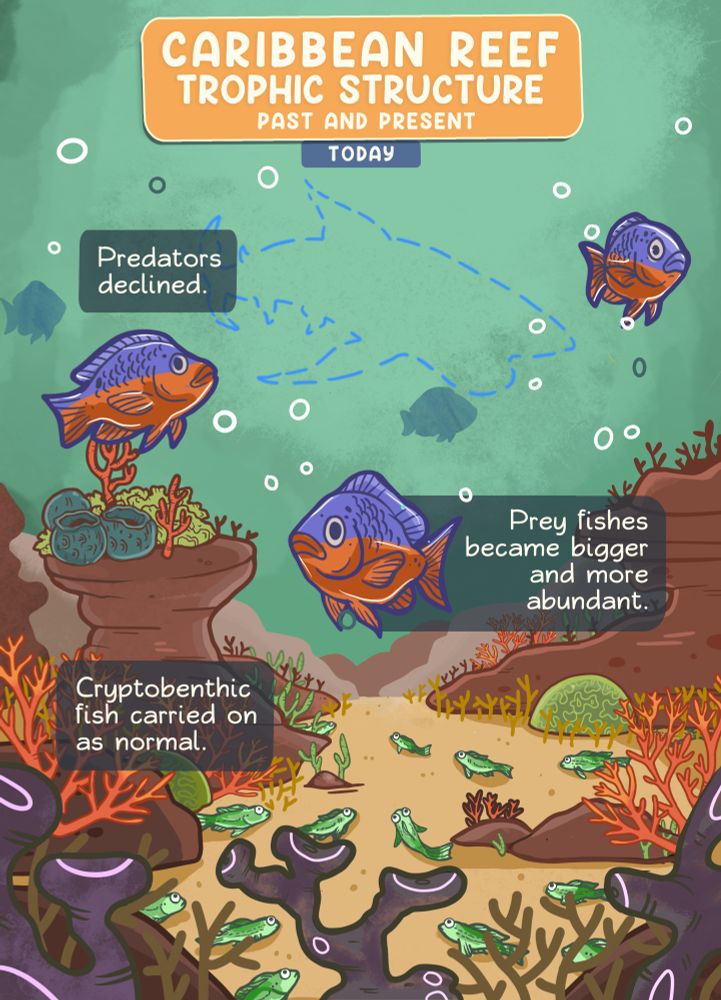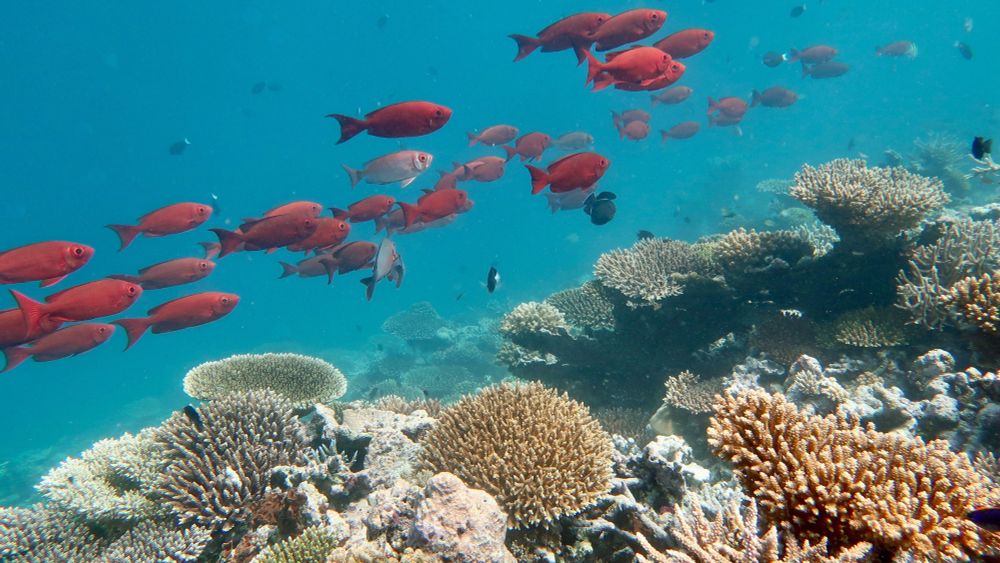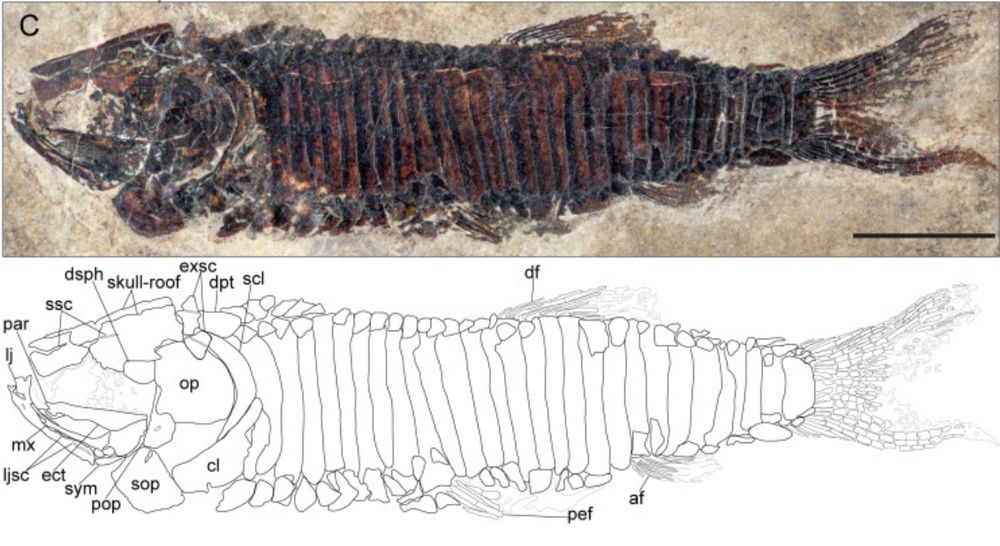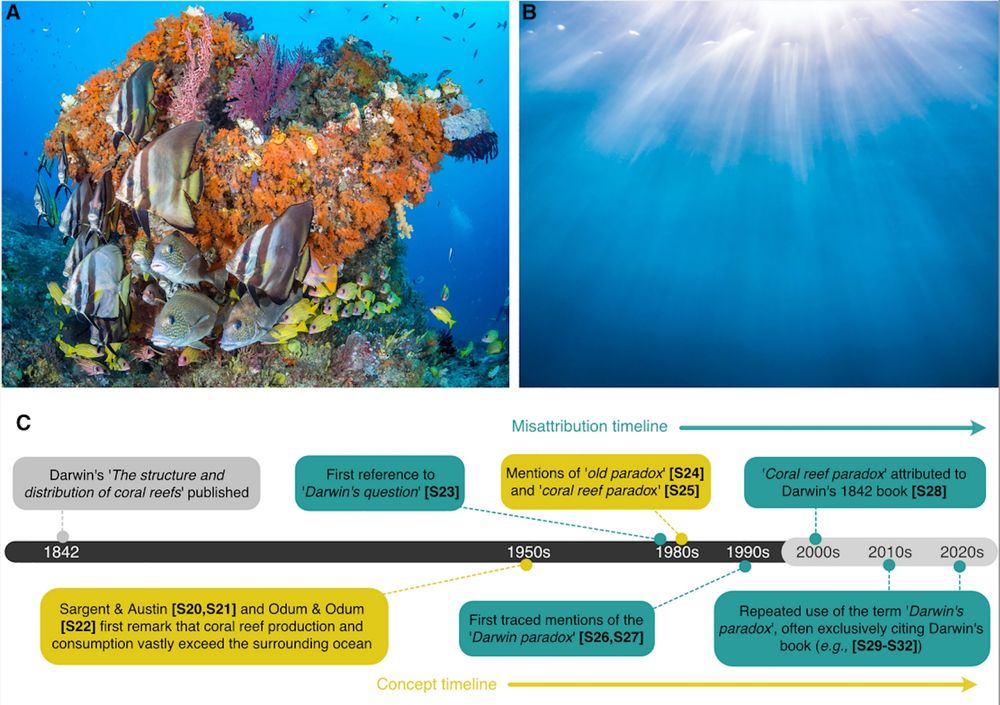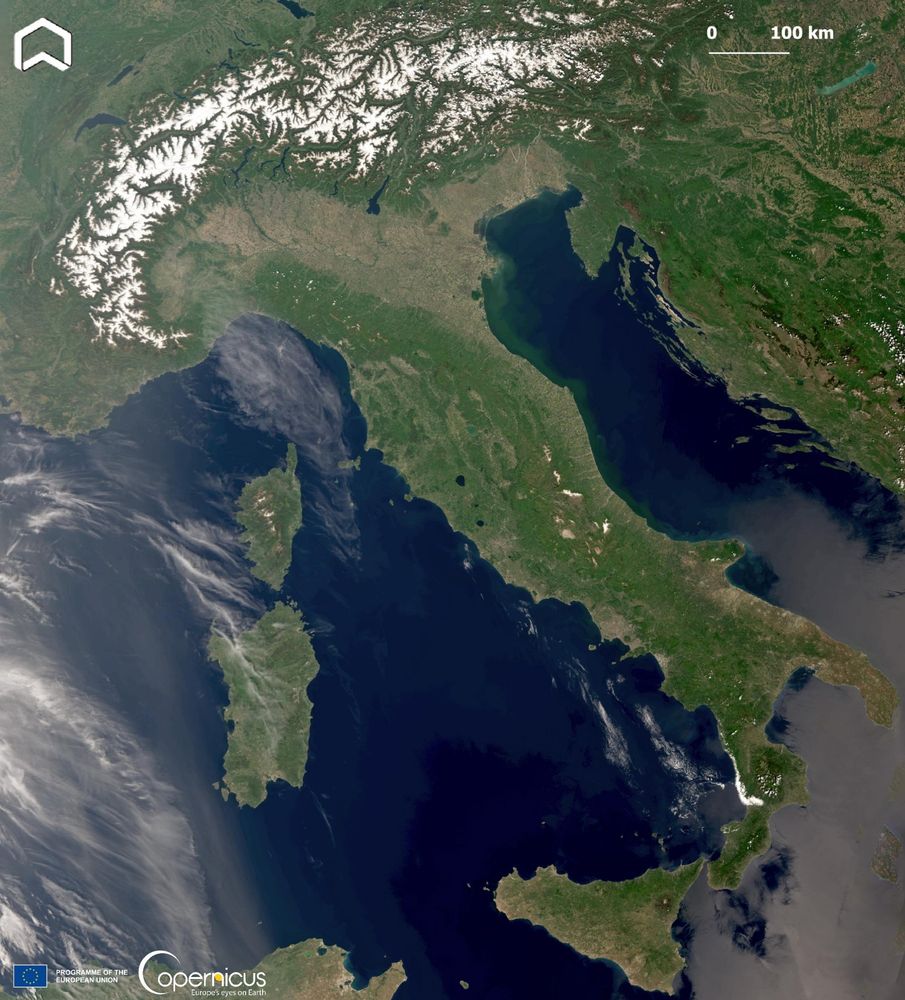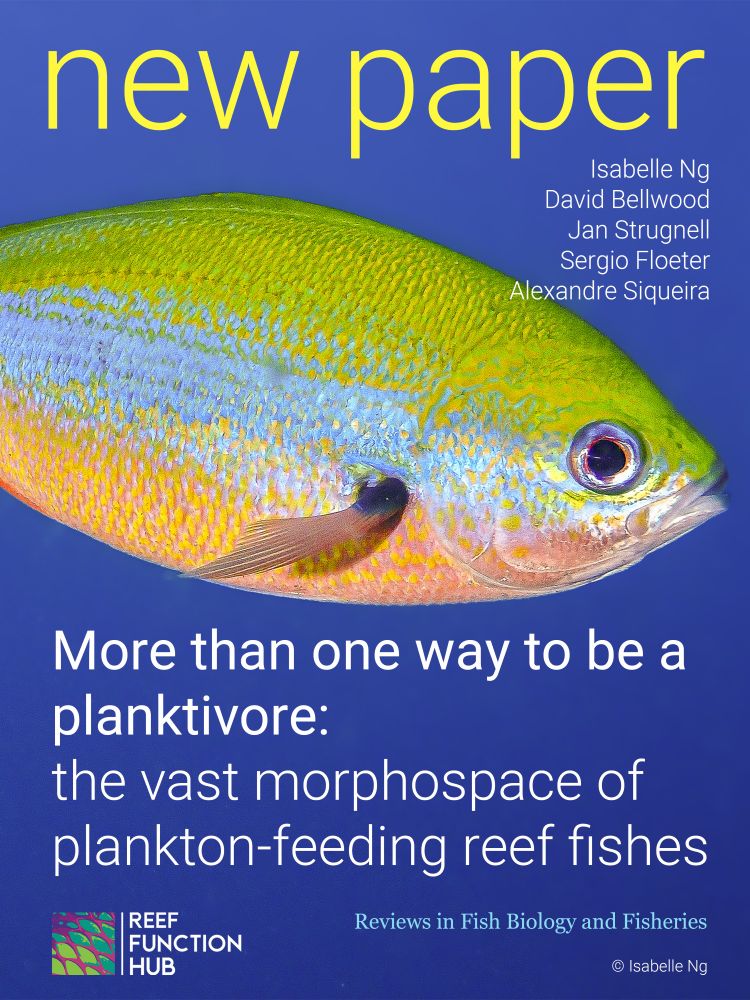Simon J. Brandl
@gobyone.bsky.social
3.5K followers
1.8K following
180 posts
Assistant Professor at UT Austin's Marine Science Institute | Fishes, functions, and marine ecosystems | he/his | Views are my own
www.fishandfunctions.com 🐡📉
Posts
Media
Videos
Starter Packs
Pinned
Reposted by Simon J. Brandl
Reposted by Simon J. Brandl
Reposted by Simon J. Brandl
Reposted by Simon J. Brandl
Reposted by Simon J. Brandl
John P. Friel, Ph.D.
@friel.bsky.social
· Jul 23
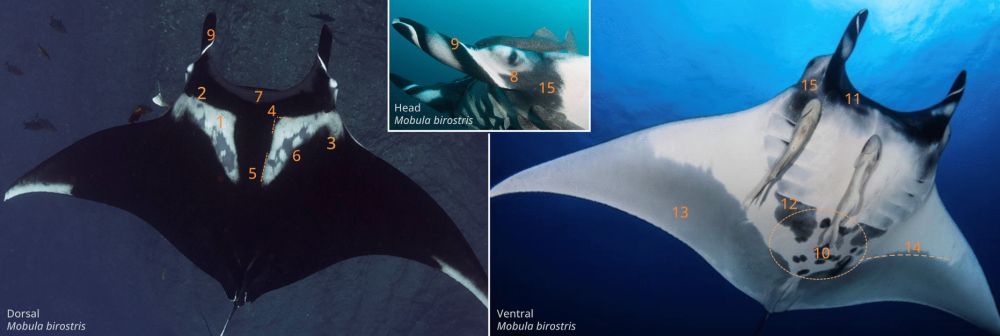
An integrative taxonomy investigation unravels a cryptic species of Mobula Rafinesque, 1810 (Mobulidae, Myliobatiformes), from the Atlantic Ocean - Environmental Biology of Fishes
Manta and devil rays comprise a vulnerable animal group with a complex nomenclatural history and a somewhat unresolved taxonomy. The existence of a putative undescribed species of manta ray in the Atl...
link.springer.com
Simon J. Brandl
@gobyone.bsky.social
· Jul 11
Reposted by Simon J. Brandl
Simon J. Brandl
@gobyone.bsky.social
· Jun 10
Reposted by Simon J. Brandl
Reposted by Simon J. Brandl
Simon J. Brandl
@gobyone.bsky.social
· Jun 6
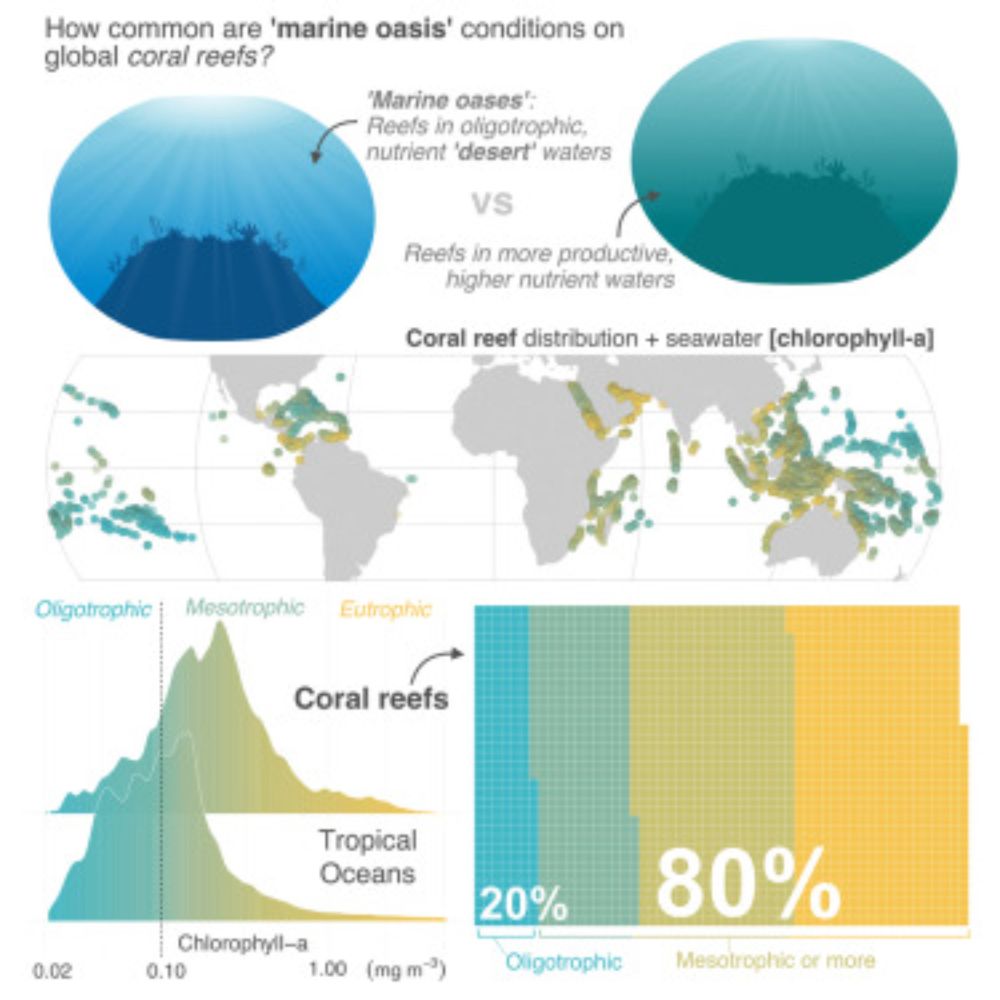
Rethinking Darwin’s coral reef paradox and the ubiquity of “marine oases”
Morais et al. evaluate the history of Darwin’s paradox and the prevalence of oligotrophic
conditions among coral reefs. They find no link between Darwin and the marine oasis
concept. Most coral reefs ...
www.cell.com
Reposted by Simon J. Brandl
Reposted by Simon J. Brandl
Reposted by Simon J. Brandl
